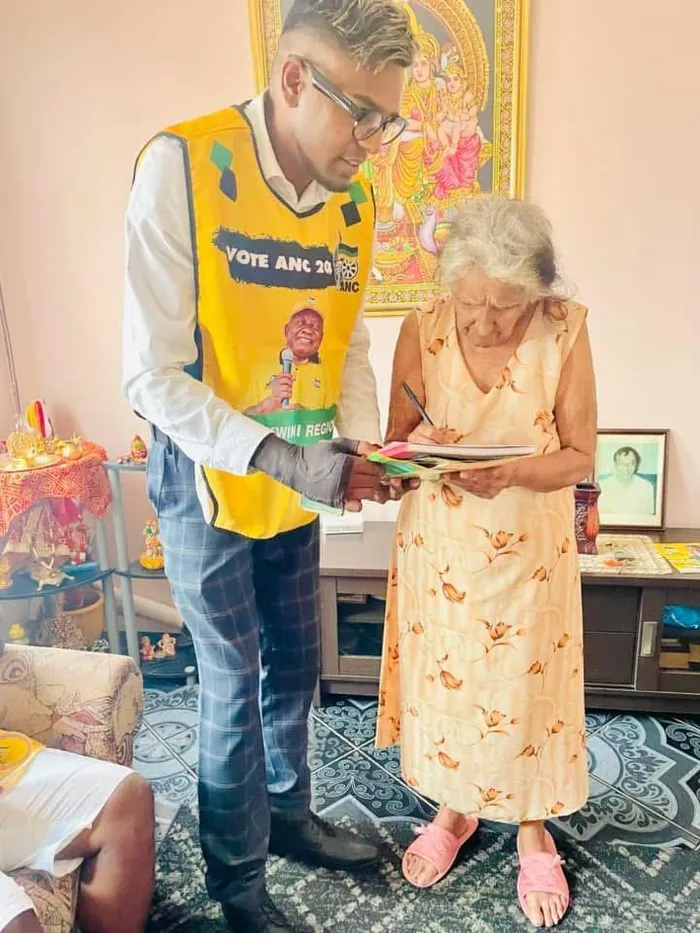Unhousing the Rainbow: a reflection on South Africa's housing crisis

By listening more than speaking, observing more than acting, Previn Vedan says he witnessed firsthand the persistent struggles for equitable housing and land rights in South Africa.
Image: Supplied
Previn Vedan
In 2022, I was a victim of a violent attack that left me disabled. The physical toll, and adjustments to my new adaptive lifestyle, necessitated a period of healing and reflection.
During this time, I reflected deeply on the systemic issues facing South Africa, and I rediscovered the purpose that once ignited my passion for justice.
I immersed myself in the very communities that first inspired my commitment to human rights. By listening more than speaking, observing more than acting, I witnessed first-hand the persistent struggles for equitable housing and land rights in South Africa. These experiences reaffirmed my belief that the fight for dignity and justice is far from over.
I have walked these streets. I have argued in the courts. I have buried the victims of neglect. I never left the struggle - I simply needed time to find the right words. Now, I have written them.
‘Unhousing the Rainbow’ is not just about land or laws. It is about dignity. It is about who we become as a nation. This is my long-form piece (divided in 10 parts) on housing and hope in South Africa.

Previn Vedan says the fight for dignity and justice is far from over.
Image: Supplied
Part 1: Finding the Words Again: Reflection, Struggle, and Housing’s Past
From Land Act to Group Areas: A Legacy Written in Brick and Blood
South Africa’s housing crisis cannot be divorced from its history. In 1913, the colonial regime passed the Natives Land Act, confining the Black majority to just 7% of the country’s land - later expanded to 13% by 1936. This legislation marked the beginning of systematic dispossession.
Black families were uprooted from ancestral lands and herded into “native reserves” and later, dusty townships on the fringes of cities.
The apartheid government doubled down with the Group Areas Act of 1950, which enforced strict residential segregation. Over the next few decades an estimated 3.5 million Black South Africans were forcibly removed from so-called 'white' areas in one of history’s largest mass removals - a figure that does not include the thousands of Indian and Coloured South Africans that were also uprooted from places like Cato Manor and District Six under the same brutal laws.
Entire thriving neighbourhoods - like Magazine Barracks in Durban - were demolished, their people scattered and their histories erased in the name of racial planning. But these policies were not only about physical separation. They engineered apartheid’s spatial economy.
Black, Indian and Coloured communities were deliberately placed far from city centers and stripped of access to quality schools, hospitals, and employment. By design, they endured disparate levels of service provision and opportunity. In these neglected townships - roads went unpaved, water and electricity were afterthoughts, and commuting to work meant long, costly journeys.
The scars of this spatial injustice remain deeply etched. Sober brick houses with neat yards may stand in one area - while just across an invisible line - crowded informal settlements sprawl without sewage, greenery or recreational space.
The Group Areas Act did not just segregate communities, it entrenched a hierarchy of opportunity.
Part two of ‘Unhousing the Rainbow’ will be published next Friday.
*Vedan is a South African lawyer, political activist, and advocate for social justice.
Cape Times